Results 12,061 to 12,070 of 12089
Thread: Anandtech News
-
05-31-24, 10:53 PM #12061
Anandtech: Computex 2024 Keynote Preview: The Great PC Powers Aligned
The annual Computex computer expo kicks off in Taepei this weekend. And this year’s show is shaping up to be the most packed in years.
Computex rivals CES for the most important PC trade show of the year, and in most years is attended by not only the numerous local Taiwanese firms (Asus, MSI, ASRock, and others), but the major chip developers have been increasing their own presence as well. These days, while CES itself tends to land more high-profile announcements, in recent years it’s been Computex that has delivered on more substantial announcements. This is largely because tech firms have aligned their product schedules to roll out near gear in the second half of the year, when retail sales are stronger due to the back-to-school and holiday shopping periods.
This year’s show, in turn, is looking to be an especially big year for the PC ecosystem. All the major PC chip firms – AMD, Intel, NVIDIA, and the 4th Musketeer, Qualcomm – are holding keynote addresses at this year’s show, where they’re expected to announce new slates of PC products to ship later this year. In a normal year there is typically only major announcements from one or two of the major chip firms, so having all four of them at the show delivering lengthy keynotes is setting things up for what should be an exceptional show.
More...
-
06-02-24, 11:56 PM #12062
Anandtech: AMD Slims Down Compute With Radeon Pro W7900 Dual Slot For AI Inference
While the bulk of AMD’s Computex presentation was on CPUs and their Instinct lineup of dedicated AI accelerators, the company also has a small product refresh for the professional graphics and workstation AI crowd. AMD is releasing a dual-slot version of their high-end Radeon Pro W7900 card – aptly named the W7900 Dual Slot – with the intent being to improve compute density in workstations by making it possible to install 4 of the cards inside a single chassis.
The release of a dual-slot version of the card comes after the original Radeon Pro W7900 was the first time AMD went with a larger, triple-slot form factor for their flagship workstation card. With the W7000 generation bringing an all-around increase in power consumption, pushing the W7900 to 295 Watts, AMD originally opted to release a larger card for improved acoustics. However this came at the cost of compute density, as most systems could only fit 2 of the thicker cards. As a result, AMD is opting to release a dual-slot version of the hardware as well, to offer a more competitive product for high-density workstation systems – particularly those doing local AI inference.
Other than the narrower cooler, the Radeon Pro W7900DS is for all intents and purposes identical to the original W7900, with the same Navi 31 GPU being driven to the same clockspeeds, and the overall board being run to the same 295 Total Board Power (TBP) limit. This is paired with the same 18Gbps GDDR6 as before, giving the card 48GB of VRAM.AMD Radeon Pro Specification Comparison AMD Radeon Pro W7900DS AMD Radeon Pro W7900 AMD Radeon Pro W7800 AMD Radeon Pro W6800 ALUs 12288
(96 CUs)8960
(70 CUs)3840
(60 CUs)ROPs 192 128 96 Boost Clock 2.495GHz 2.495GHz 2.32HHz Peak Throughput (FP32) 61.3 TFLOPS 45.2 TFLOPS 17.8 TFLOPS Memory Clock 18 Gbps GDDR6 18 Gbps GDDR6 16 Gbps GDDR6 Memory Bus Width 384-bit 256-bit 256-bit Memiry Bandwidth 864GB/sec 576GB/sec 512GB/sec VRAM 48GB 32GB 32GB ECC Yes
(DRAM)Yes
(DRAM)Yes
(DRAM)Infinity Cache 96MB 64MB 128MB Total Board Power 295W 260W 250W Manufacturing Process GCD: TSMC 5nm
MCD: TSMC 6nmGCD: TSMC 5nm
MCD: TSMC 6nmTSMC 7nm Architecture RDNA3 RDNA3 RDNA2 GPU Navi 31 Navi 31 Navi 21 Form Factor Dual Slot Blower Triple Slot Blower Dual Slot Blower Dual Slot Blower Launch Date 06/2024 Q2'2023 Q2'2023 06/2021 Launch Price (MSRP) $3499 $3999 $2499 $2249
Officially, AMD doesn’t have a noise specification for these cards. But you can expect that the W7900DS will be louder than its triple-slot senior. By all appearances, AMD is just using the cooler from the W7800, which was a dual-slot card from the start, so that cooler is being tasked with handling another 35W of heat dissipation.
As the W7800 was also AMD’s fastest dual-slot card up until now, it’s an apt point of comparison for compute density. With its full-fat Navi 31 GPU, the W7900DS will offer about 36% more compute/pixel throughput than its sibling/predecessor. So it’s a not-insubstantial improvement for the very specific niche AMD has in mind for the card.
And like so many other things being announced at Computex this year, that niche is AI. While AMD offers PCIe versions of their Instinct MI210 accelerators, those cards are geared at servers, with fully-passive coolers to match. So workstation-level compute is largely picked up by AMD’s Radeon Pro workstation cards, which are intended to go into a traditional PC chassis and use active cooling (blowers). In this case, AMD is specifically going after local inference workloads, as that’s what the Radeon hardware and its significant VRAM pool are best suited for.
The Radeon Pro W7900 Dual Slot will drop on June 19th. Notably, AMD is introducing the card at a slightly lower price tag than they launched the original W7900 at last year, with the W7900DS hitting retail shelves at $3499, down from the W7900’s original $3999 price tag.
ROCm 6.1 For Radeons Coming as Well
Alongside the release of the W7900DS, AMD is also promoting the upcoming Radeon release of ROCm 6.1, their software stack for GPU computing. While baseline ROCm 6.1 was introduced back in April, the Windows version of AMD’s software stack is still a trailing (and feature limited) release. So that is slated to finally get bumped up to a ROCm 6.1 release on June 19th, the same day the W7900DS launches.
ROCm 6.1 for Radeons is slated to bring a couple of major changes/improvements to the stack, particularly when it comes to expanding the scope of available features. Notably, AMD will finally be shipping Windows Subsystem for Linux 2 (WSL2) support, albeit at a beta level, allowing Windows users to access the much richer feature set and software ecosystem of ROCm under Linux. This release will also incorporate improved support for multi-GPU configurations, perfect timing for the launch of the Radeon Pro W7900DS.
Finally, ROCm 6.1 sees TensorFlow integrated into the ROCm software stack as a first-class citizen. While this matter involves more complexities than can be summarized in a simple news story, native TensorFlow support under Windows was previously blocked by a lack of a Windows version of AMD’s MIOpen machine learning library. Combined with WSL2 support, developers will have two ways to access TensorFlow on Windows systems going forward.
Gallery: AMD Radeon Pro W7900DS Press Deck





More...
-
06-02-24, 11:56 PM #12063
Anandtech: AMD Launching New CPUs for AM4: Ryzen 5000XT Series Coming in July
During their opening keynote at Computex 2024, AMD announced their intention to launch a pair of new Ryzen 5000 processors for their legacy AM4 platform. The new chips, both getting the XT suffix, will be the Ryzen 9 5900XT, a 16 core Zen 3 part, while the Ryzen 7 5800XT will be an 8 core Zen 3.
The new chips are intended to underscore AMD's ongoing commitment to supporting their consumer platforms over several years. And while the specification changes are rather minor overall – the Zen 3 CPU architecture has long since been taken as far as it can reasonable go – it does give AMD a chance to refresh the platform by slinging hardware at new price points. AMD did something very similar for the Ryzen 3000 generation with the late-model Ryzen 3000 XT chips.
We've dedicated many column inches covering Zen 3 and the Ryzen 5000 series since they launched in late 2020, so there isn't anything new to add here. Zen 3 is no longer AMD's latest and greatest, but the platform as a whole is quite cheap to produce, making it a viable budget offering for new builds, or offering one last upgrade for old builds.AMD Ryzen 5000XT Series Processors
(Zen 3)AnandTech Cores /
ThreadsBase
FreqTurbo
FreqL2
CacheL3
CacheTDP Ryzen 9 5950X 16C / 32T 3.4 GHz 4.9 GHz 8 MB 64 MB 105 W Ryzen 9 5900XT 16C / 32T 3.3 GHz 4.8 GHz 8 MB 64 MB 105 W Ryzen 9 5900X 12C / 24T 3.7 GHz 4.8 GHz 6 MB 64 MB 105 W Ryzen 7 5800XT 8C / 16T 3.8 GHz 4.8 GHz 4 MB 32 MB 105 W Ryzen 7 5800X 8C / 16T 3.8 GHz 4.7 GHz 4 MB 32 MB 105 W
The Ryzen 9 5900XT is a 16 core part, and isn't to be confused with the Ryzen 9 5900X, which is a 12 core part. It ships with a peak turbo clockspeed of 4.8GHz, 100 MHz lower than the top-tier Ryzen 9 5950X. This makes it's XT designation somewhat of a misnomer compared to previous generations of XT chips, although it's clear that AMD has boxed themselves into a corner with their naming scheme, as they both need a way to designate that this is a new chip, and yet still place it below the 5950X.
Looking at the second chip, we have the Ryzen 7 5800XT. This is an 8 core part that does improve on its predecessor, offering a 4.8GHz max turbo clock that is 100MHz higher than the Ryzen 7 5800X's. Both chips otherwise share the same characteristics, including 6 MB of L2 cache and 32 MB of L3 cache, and all four of the chips – including the two new XT series and the corresponding X series chips – all come with a 105 Watt TDP.
In terms of motherboard compatibility, all of the AM4 motherboards that currently support the Ryzen 5000 series are also compatible with the Ryzen 5000XT series, although users are likely to need to perform a firmware update to ensure maximum compatibility; they are the same chips, but the microcodes are likely different.
AMD has provided some gaming performance figures comparing the Ryzen 9 5900XT to Intel's 13th Gen Core i7-13700K. It does offer very modest yet marginal gains in games by up to 4%; it's not mind-blowing, but the price could be the decisive factor here.
Regarding price, AMD hasn't disclosed anything official yet ahead of the expected launch of the Ryzen 5000XT series chips in July. It's hard to make a case for a pair of chips to be considered a fully-fledged series, but it does open up the doors for AMD to perhaps launch more 5000XT series chips in the future.
More...
-
06-03-24, 11:29 AM #12064
Anandtech: The Qualcomm Computex 2024 Keynote Live Blog (10:30pm PT/05:30 UTC)
For our second keynote of the day for Computex, we have the 4th Musketeer of the great PC powers, Qualcomm. Slated to be the most PC-focused of the four keynotes, company CEO Cristiano Amon will be presenting a keynote entitled “The PC Reborn.” And while Amon is no stranger to giving keynotes, this is slated to be his most PC-centric keynote yet, giving Computex attendees a clearer idea of how focused Qualcomm will be on the PC market with their new Windows-on-Arm SoCs.
The big focus for today's keynote is expected to be the Snapdragon X Elite and X Plus SoCs, which Qualcomm announced over half a year ago, and has been touting ever since. Now, the first consumer devices based on these chips are just a couple of weeks away from shipping, so Qualcomm is in their final promotional push for their new Windows-on-Arm platform. As a result, Qualcomm should have a lot more hardware to show off, with final silicon and shipping SKUs already defined.
While Snapdragon X is not Qualcomm’s first effort to ship an Arm-based SoC for Windows devices – there are 3 generations of 8cx Gen 3 platforms that everyone is happy never to mention again – the Snapdragon X is Qualcomm’s most serious effort yet. At its core is the new, high-performance/high-efficiency Oryon CPU core, which combined with the rest of Qualcomm’s tried-and-true mobile hardware experience, the company is hoping to mold into a revolutionary Arm-based SoC for Windows laptops. The company is also counting on a decade of software development on Microsoft’s part to make the Windows-on-Arm ecosystem whole, not to mention as frictionless as possible.
Besides energy efficiency, Qualcomm’s other big push is on the burgeoning field of NPUs. The Snapdragon X NPU is rated to deliver 45 TOPS of INT8 performance, which makes it the first PC NPU to meet Microsoft’s hardware requirement for Windows 11 Copilot+ AI functionality. So Qualcomm is looking to leverage this time-limited opportunity to be the first to offer new functionality in the Windows space – a privilege normally reserved for Intel or AMD.
Come join us at 10:30pm PT / 01:30am ET / 05:30 UTC to get all the details.
More...
-
06-04-24, 10:43 AM #12065
Anandtech: Intel Unveils Lunar Lake Architecture: New P and E cores, Xe2-LPG Graphics
Intel this morning is lifting the lid on some of the finer architectural and technical details about its upcoming Lunar Lake SoC – the chip that will be the next generation of Core Ultra mobile processors. Once again holding one of their increasingly regular Tech Tour events for media and analysts, Intel this time set up shop in Taipei just before the beginning of Computex 2024. During the Tech Tour, Intel disclosed numerous facets of Lunar Lake, including their new P-Core design codenamed Lion Cove and a new wave of E-cores that are a bit more like Meteor Lake's pioneering Low Power Island E-Cores. Also disclosed was the Intel NPU 4, which Intel claims delivers up to 48 TOPS, surpassing Microsoft's Copilot+ requirements for the new age of AI PCs.
Intel's Lunar Lake represents a strategic evolution in their mobile SoC lineup, building on their Meteor Lake launch last year, focusing on enhancing power efficiency and optimizing performance across the board. Lunar Lake dynamically allocates tasks to efficient cores (E-cores) or performance cores (P-cores) based on workload demands by leveraging advanced scheduling mechanisms, which are assigned to ensure optimal power usage and performance. Still, once again, Intel Thread Director, along with Windows 11, plays a pivotal role in this process, guiding the OS scheduler to make real-time adjustments that balance efficiency with computational power depending on the intensity of the workload.
More...
-
06-04-24, 10:43 AM #12066
Anandtech: The Intel Computex 2024 Keynote Live Blog (8:00pm PT/03:00 UTC)
Closing out the last of the major PC-focused keynotes at Computex 2024 this evening, we have Intel. The long-reigning leader of the PC CPU market, Intel is in the middle of executing its plans to get back on track on both the manufacturing and chip design aspects of the business. Tonight’s keynote, being helmed by the highly-animated Pat Gelsinger, is titled “Bringing AI Everywhere.” And, like so many other Computex presentations and announcements this week, AI hardware is going to play a big part, as Intel outlines a full stack of products for client and server computing.
Of the four great PC chip vendors at the show, Intel has been the most up-front about what to expect from their hour-long presentation. The company’s Computex 2024 page already outlines their four major topics: AI PCs, Xeon 6 Processors, Gaudi AI accelerators, and Intel’s OpenVINO software ecosystem.
On the consumer hardware front, the company set the table with a significant teaser earlier this month about their forthcoming mobile PC SoC, Lunar Lake. The next generation of Core Ultra processors, Intel is touting significant energy efficiency gains for the mobile-focused chip, with new architectures driving their Performance and Efficiency CPU cores, Xe2 GPU, and a much faster 45+ TOPS (INT8) NPU. While the Lunar Lake announcement is coming relatively soon after the Meteor Lake launch, Intel has made it clear that it’s not going to hold back on shipping future products; they are looking to make up for lost time. Still, Lunar Lake devices are not expected to hit retail shelves until Q4 of this year, so this announcement is coming months in advance of the hardware itself.
On the server front, Intel has been publicly prepping for the launch of a new generation of Xeons with the Xeon 6 platform. The most notable part of this being the release of the company’s first Efficiency-core Xeon, Sierra Forest. Sierra Forest is set to be the first Xeon 6 chip out the door this year, and will offer up to 288 E cores on a single chip, allowing Intel to tap into the many (many) core CPU markets that AMD and Arm-based rivals have been unopposed at thus far.
Finally, the company has fully pivoted its server AI accelerator strategy to its Gaudi accelerators. Gaudi 3 was introduced back in April, and while it isn’t expected to go toe-to-toe with NVIDIA’s top accelerators in every workload, Intel is betting that they can beat NVIDIA on critical workloads, all while undercutting them significantly in pricing. The first Gaudi 3 parts are set to be released in the second half of this year, so hopefully we’ll be hearing a bit more about Intel’s plans as part of their keynote.
As always, the AnandTech crew is live and in person to catch this final Computex keynote. So please come join us at 8:00pm PT / 11:00pm ET / 03:00 UTC to get all the details.
More...
-
06-05-24, 06:42 PM #12067
Anandtech: XPG Demos "Nia" Handheld Gaming PC With Foveated Rendering, Swappable DRAM
With the rise of the handheld gaming PC market, we've seen PC vendors and their partners toy with a number of tricks and tweaks to improve improve framerates in games, with some of their latest efforts on display at this year's Computex trade show. Perhaps the most interesting find thus far comes from ADATA sub-brand XPG, who is demoing their prototype "Nia" handheld PC, which uses eye tracking and dynamic foveated rendering to further improve their rendering performance.
For those unfamiliar, dynamic foveated rendering is a graphics technique that is sometimes used to boost performance in virtual reality (VR) and augmented reality (AR) applications by taking advantage of how human vision works. Typically, humans can only perceive detailed imagery in the relatively small central area of our vision called the fovea, while our peripheral vision is much less detailed. Dynamic foveated rendering, in turn, exploits this by using real-time eye tracking to determine where the user is looking, and then rendering just that area in high/full resolution, while rendering the peripheral areas in lower resolution. The net result is that only a fraction of the screen is rendered at full detail, which cuts down on the total amount of rendering work required and boosting framerates on performance-limited devices.
As stated before, this technology is sometimes used in high-end AR/VR headsets, where high resolution displays are placed mere inches from one's face. This ends up being an ideal use case for the technique, since at those distances, only a small fraction of the screen is within the fovea.
Using dynamic foveated rendering for a handheld, on the other hand, is a more novel application. All of the same visual principles apply, but the resolutions at play are lower, and the screen is farther from the users' eyes. This makes a handheld device a less ideal use case, at least on paper, as a larger portion of the screen is going to be in the fovea, and thus will need to be rendered at full resolution. None the less, it will be interesting to see how XPG's efforts pan out, and if dynamic foveated rendering is beneficial enough for handheld PCs. As we sometimes see with trade show demos, not everything makes it out of the prototype stage.
According to a press release put out by ADATA ahead of the trade show, the eye tracking technology is being provided by AMD collaborator Eyeware. Notably, their software-based approach runs on top of standard webcams, rather than requiring IR cameras. So the camera hardware itself should be pretty straight-forward.
Foveated rendering aside, XPG is making sure that the Nia won't be a one-trick pony. The handheld's other major claim to fame is its hardware swappability. The prototype handheld not only features a removable M.2-2230 SSD, but the company is also taking advantage of the recently-introduced LPCAMM2 memory module standard to introduce removable DRAM. Via a hatch in the back of the handheld, device owners would be able to swap out LPCAMM2 LPDDR5X modules for higher capacity versions. This would give the handheld an additional degree of future-proofness over current handhelds, which use non-replaceable soldered-down memory.
Rounding out the package, the current prototype is based on an AMD's Zen 4 Phoenix APU, which is used across both of the company's current mobile lines (Ryzen Mobile 7000/8000 and Ryzen Z1). Meanwhile, the unit's display is adjustable, allowing it to be angled away from the body of the handheld.
Assuming all goes well with the prototype, XPG aims to release a finished product in 2025.
More...
-
06-05-24, 06:42 PM #12068
Anandtech: G.Skill Demonstrates DDR5-10600 Memory Modules On Ryzen 8500G System
Ultra-high performance memory modules are a staple of of Computex, and it looks like this year G.Skill is showing off the highest performance dual-channel memory module kit to date. The company is demonstrating a DDR5 kit capable of 10,600 MT/s data transfer rate, which is a considerably higher speed compared to memory modules available today.
The dual-channel kit that G.Skill is demonstrating is a 32 GB Trident Z5 RGB kit that uses cherry-picked DDR5 memory devices and which can work in a DDR5-10600 mode with CL56 62-62-126 timings at voltages that are way higher than standard. The demoed DIMMs are running the whole day in a fairly warm room, though it does not really run demanding applications or stress tests.
Traditionally, memory module makers like G.Skill use Intel processors to demonstrate their highest-performing kits. But with the DDR5-10600 kit, the company uses AMD's Ryzen 5 8500G processor, which is a monolithic Zen 4-based APU with integrated graphics that's normally sold for budget systems. The motherboard is a high-end Asus ROG Crosshair X670E Gene and the APU is cooled down using a custom liquid cooling system The Asus ROG Crosshair X670E Gene motherboard has only two memory slots, which greatly helps to enable high data transfer rates, so it is a very good fit for the DDR5-10600 dual-channel kit.
Though I have sincere doubts that someone is going to use an ultra-expensive DDR5-10600 memory kit and related gate with this inexpensive processor, it is interesting (and unexpected) to see an AMD APU as a good fit to demonstrate performance potential of G.Skill's upcoming modules.
Speaking of availability of G.Skill's DDR5-10600 memory, it does not look like this kit is around the corner. The fastest DDR5 kit that G.Skill has today is its DDR5-8400 offering, so the DDR5-10600 will come to market a few speed bins later as G.Skill certainly needs to test the kit with various CPUs and ensure its stability.
One other thing to keep in mind is that both AMD and Intel are about to release new desktop processors this year, with the Ryzen 9000-series and Arrow Lake processors respectively. So G.Skill will undoubtedly focus on tuning its DDR5-10600 and other high-end kits primarily with those new CPUs.
More...
-
06-06-24, 09:52 PM #12069
Anandtech: ASRock Unveils Motherboards For Ryzen 9000 At Computex 2024: X870E Taichi
During Computex 2024, ASRock held an event to unveil some of its upcoming X870E motherboards, designed for AMD's Zen 5-based Ryzen 9000 series processors. ASRock's announcement includes a pair of Taichi-branded boards, the X870E Taichi and the lighter X870E Taichi lite, which uses AMD's X870E (Promontory 21) chipset for AM5.
The current flagship model announced from ASRock's X870E line-up for Ryzen 9000 is the ASRock X870E Taichi. ASRock is advertising a large 27-phase power delivery through 110A SPS, suggesting this board is designed for overclockers and all-around power users. Two PCIe 5.0 x16 slots (operating in either x16/x0 or x8/x8) provide high-speed bandwidth for cutting-edge graphics cards and other devices. Meanwhile, ASRock has gone with 4 DIMM slots on this board, so system builders will be able to max out the board's memory capacity at the cost of bandwidth.
The storage offering is impressive; besides the obligatory PCIe Gen5 x4 M.2 slot (Blazing M.2), ASRock has outfit the board with another three PCIe Gen4 x4 (Hyper) M.2 slots. Also present are two USB4 Type-C ports for high-bandwidth external I/O, while networking support is a solid pairing of a discrete Wi-Fi 7 controller with a Realtek 5Gb Ethernet controller (and the first AM5 board we've come across with something faster than a 2.5GbE controller).
The audio setup includes a Realtek ALC4082 codec and ESS SABRE9218 DAC supporting high-fidelity sound. The BIOS flashback feature is also a nice touch, and we believe this should be a feature on all mid-range to high-end motherboards, which provides an easy way to update the firmware without installing a CPU. And, as no high-end board would be complete without it, ASRock has put RGB lighting on the X870E Taichi as well.
Ultimately, as ASRock's high-end X870E board, the X870E Taichi comes with pretty much every last cutting-edge technology that ASRock can fit on the board.
Comparatively, the ASRock X870E Taichi Lite is a more streamlined and functional version of the X870E Taichi. The Lite retaining all of the latter's key features, including the 27-phase power delivery with 110A smart power stages, dual PCIe 5.0 x16 slots operating at x16 or x8/x8, four DDR5 DIMM slots, and four M.2 slots (1x Gen5 + 3x Gen4). The only significant difference is aesthetics: the Taichi Lite features a simpler silver-themed design without the RGB lighting, while the standard Taichi has a more intricate gold-accented and fanciful aesthetics.
In terms of availability, ASRock is not disclosing a release date for the board at the show. And, checking around with other tech journalists, Andreas Schilling from HawrdwareLUXX has heard that X870E and X870 motherboards aren't expected to be available in time for the Ryzen 9000 series launch. We will investigate this and contact the motherboard vendors to confirm the situation. Though as X870E/X870 boards barely differ from the current crop of X670E/B650E boards to begin with, Ryzen 9000 won't need new AM5 boards to achieve its potential.
More...
-
06-09-24, 02:19 AM #12070
Anandtech: The Enermax Revolution D.F. 12 750W ATX 3.1 PSU Review: Compact Contender
Enermax, established in 1990, is a renowned Taiwanese company in the PC hardware industry, particularly recognized for its innovative power supply units (PSUs), cooling solutions, and PC cases. Over the years, Enermax has built a reputation for engineering reliable, high-performance PSUs that primarily target enthusiasts and professional users. Their commitment to quality and technological advancement has kept them at the forefront of the industry, constantly evolving to meet the demands of the ever-changing tech landscape.
In this review, we are looking at the latest addition to Enermax's impressive PSU lineup: the Revolution D.F. 12 750W PSU. This is the second ATX 3.1-compliant power supply to arrive in our labs, and, broadly speaking, illustrates how we're approaching the inflection point for PSU vendors to update their designs for Intel's revised PSU standard.
As for the Revolution D.F. 12 itself, Enermax's new PSU pursues a balanced design, meeting modern gaming PCs mid-way with good conversion efficiency and an overall robust power delivery system. With features like fully modular cables with per-wire sleeving, a dynamic hybrid fan control for optimal cooling, and advanced topologies, the Revolution D.F. 12 750W is primed to deliver on both reliability and performance. We will delve into its specifications, build quality, and performance metrics to see if the new unit lives up to Enermax's esteemed legacy.
More...
Thread Information
Users Browsing this Thread
There are currently 5 users browsing this thread. (0 members and 5 guests)





 Quote
Quote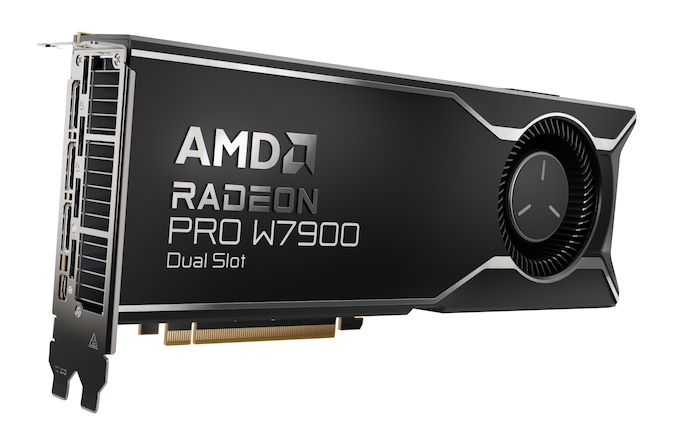
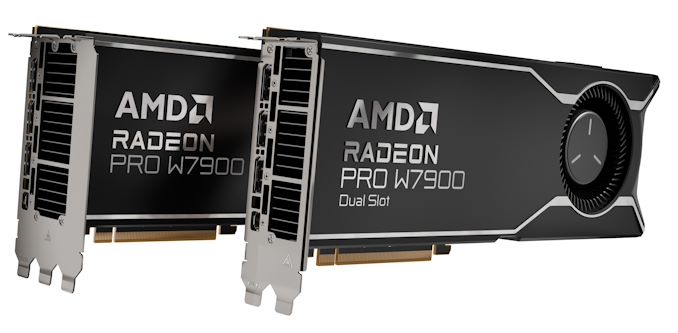
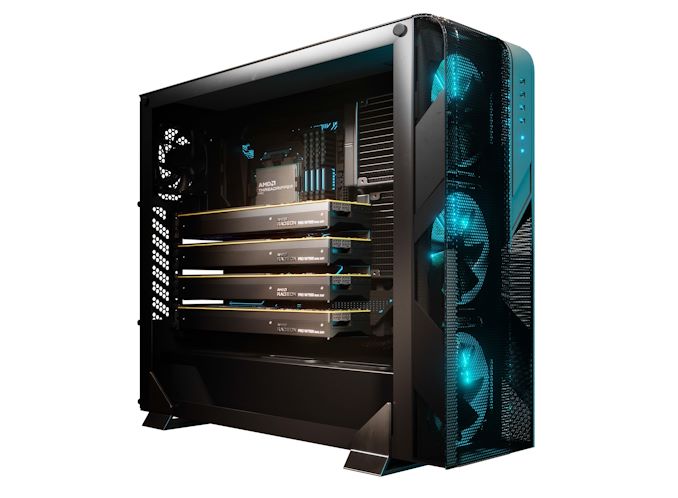
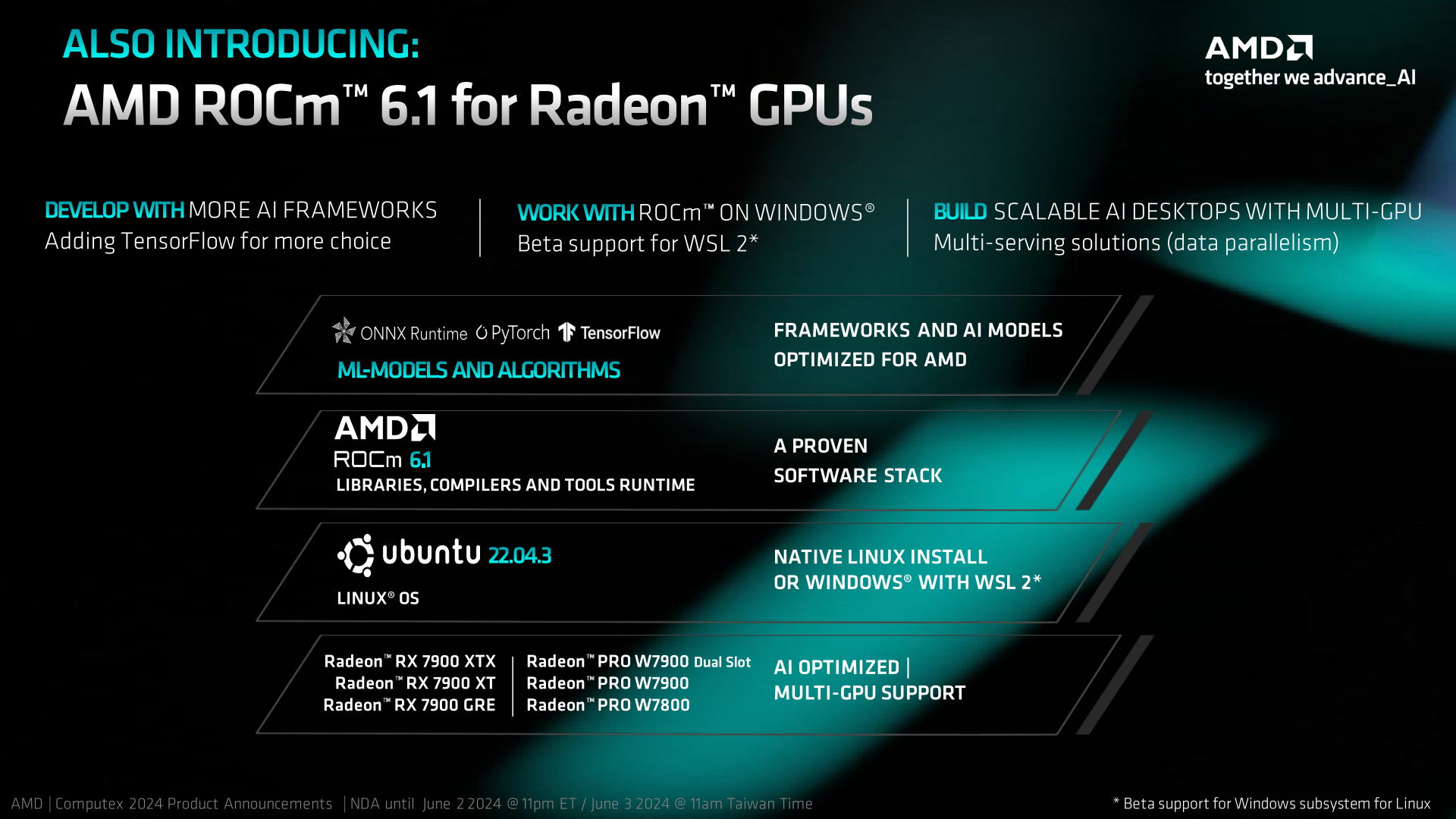

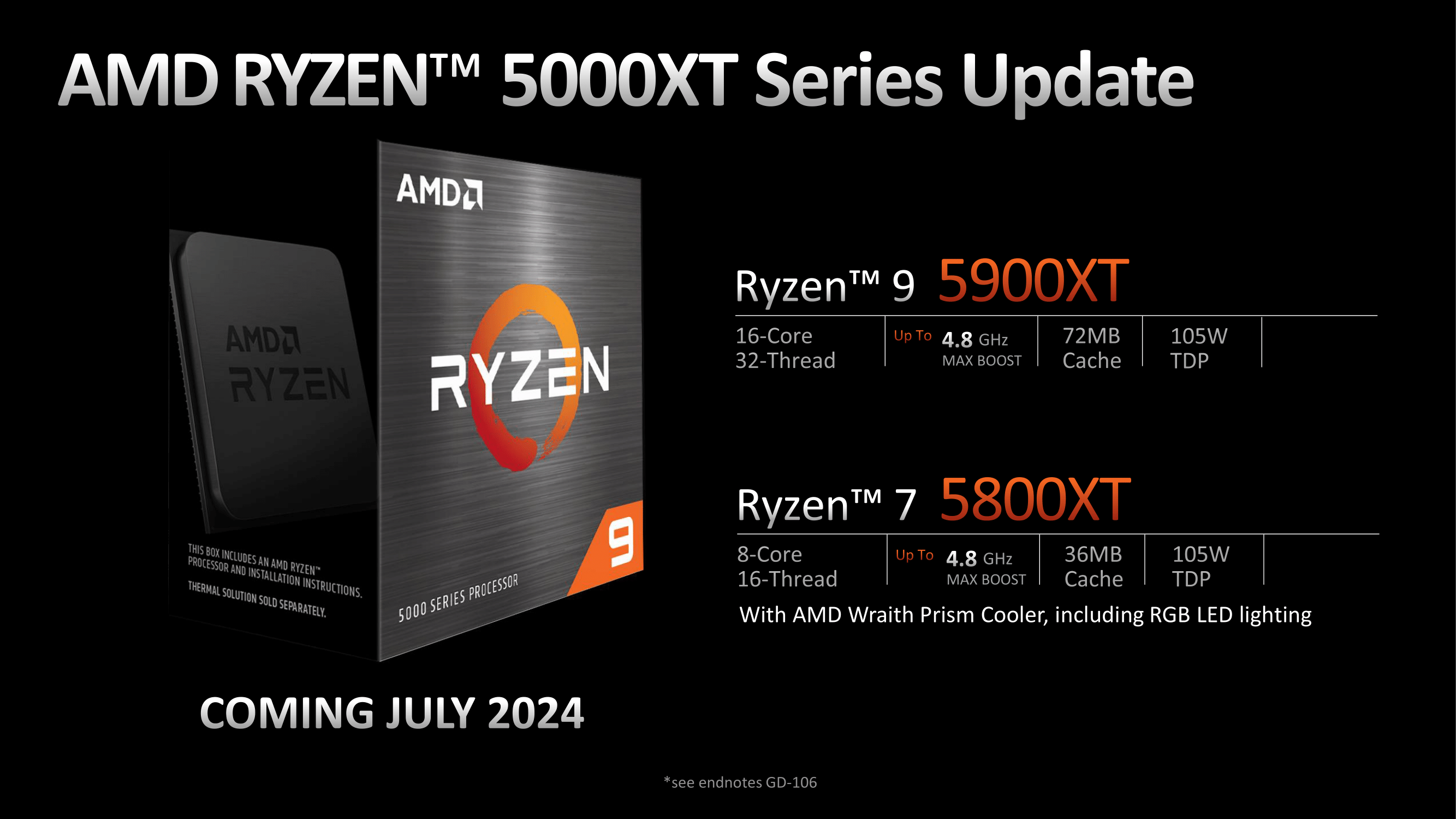
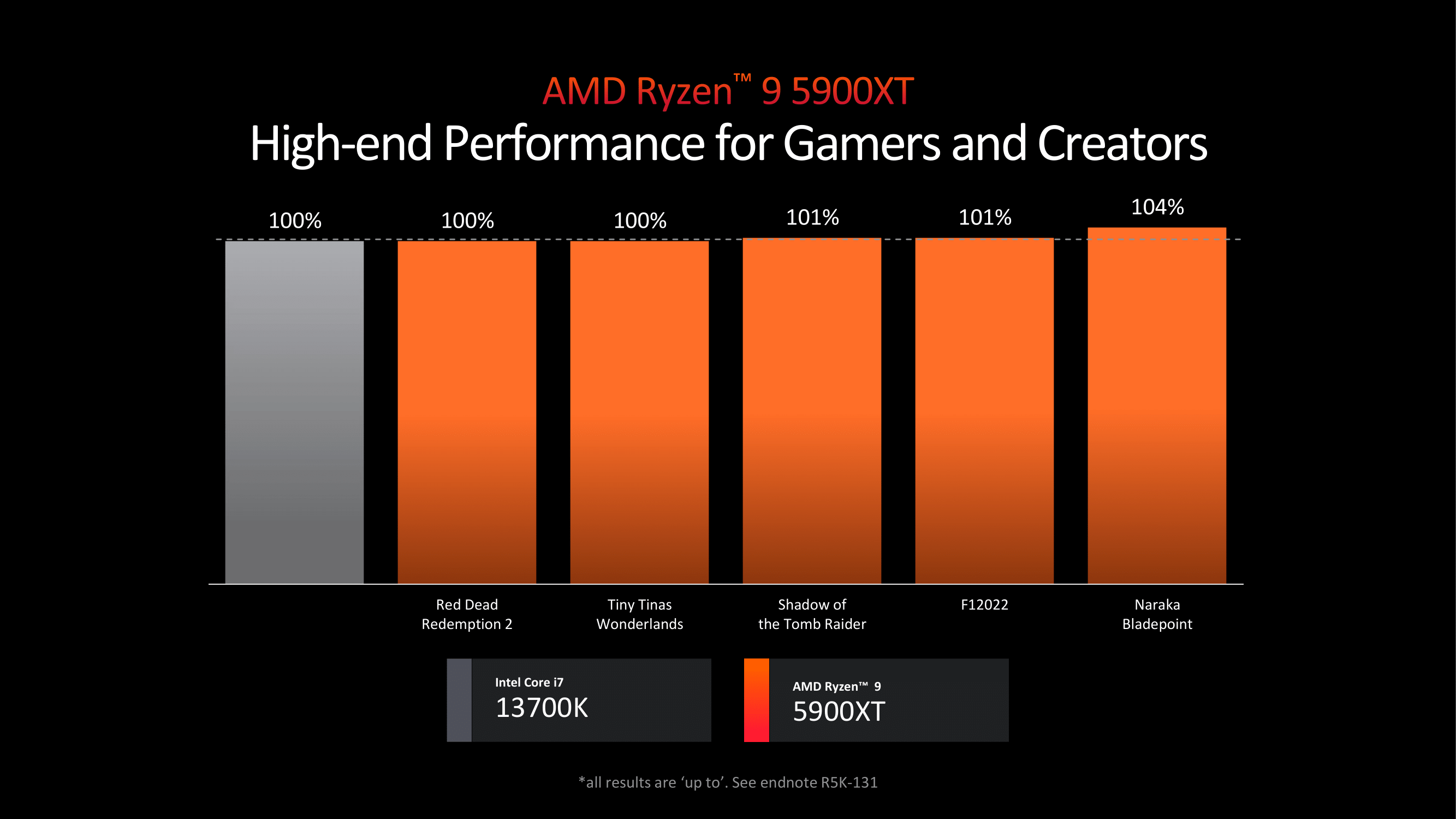
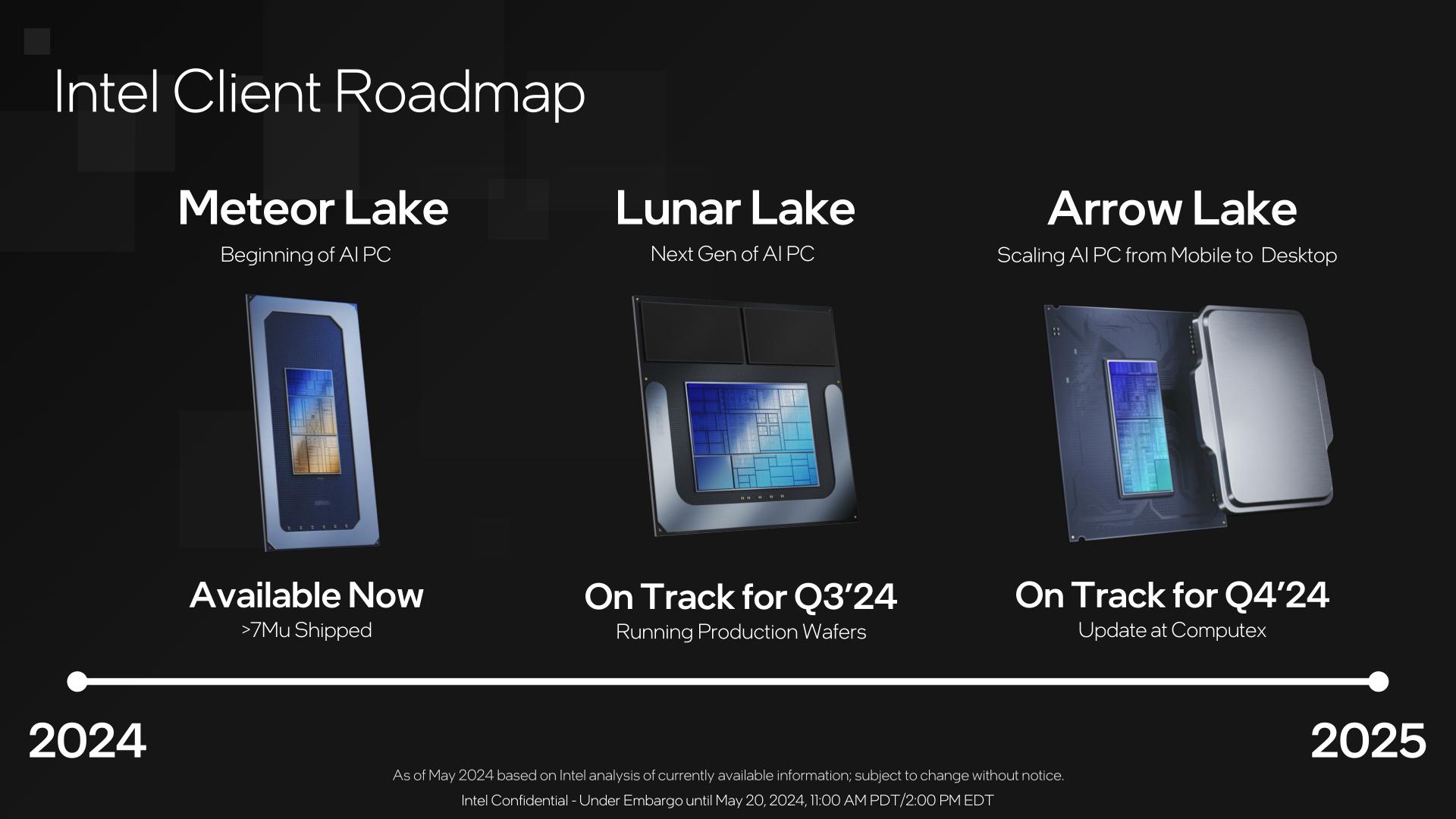
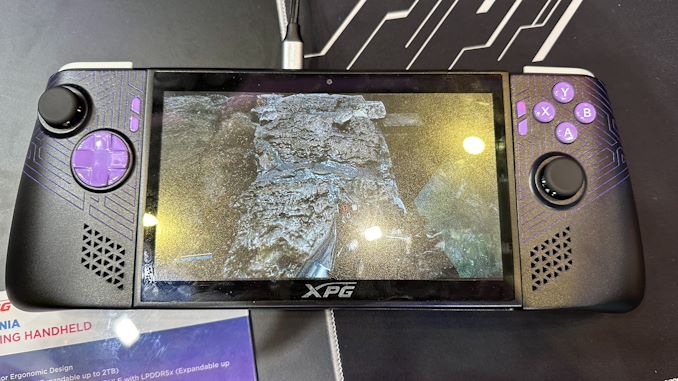
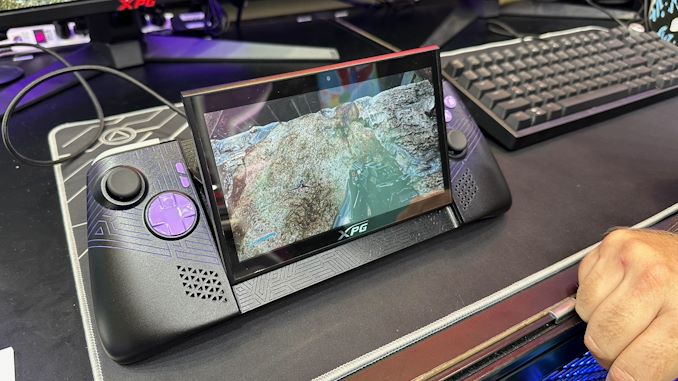
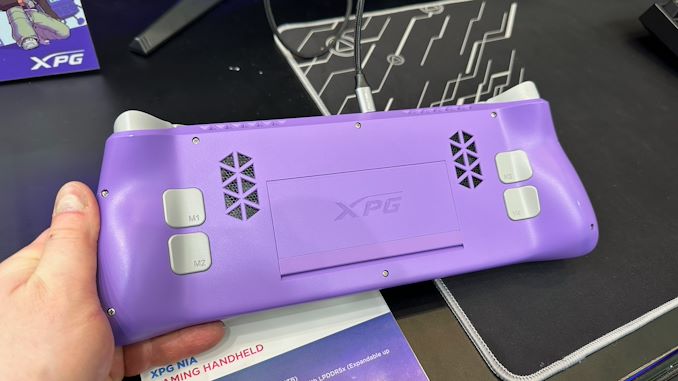
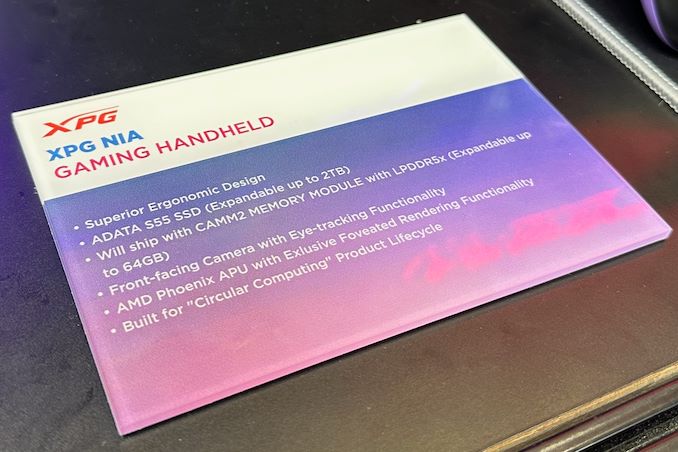
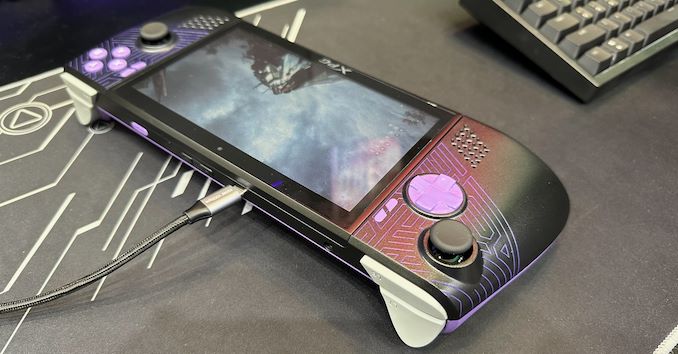
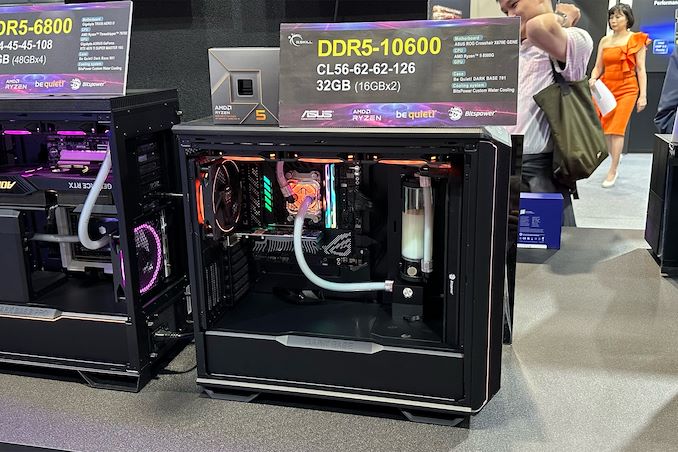
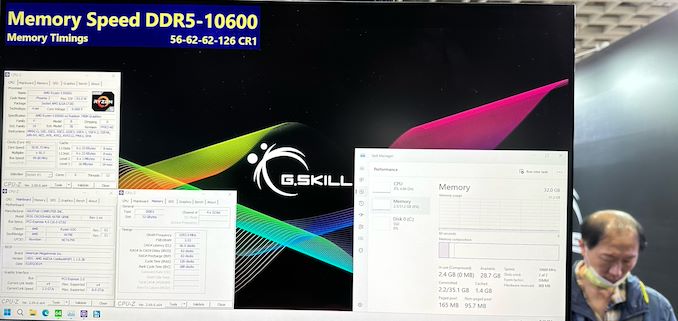
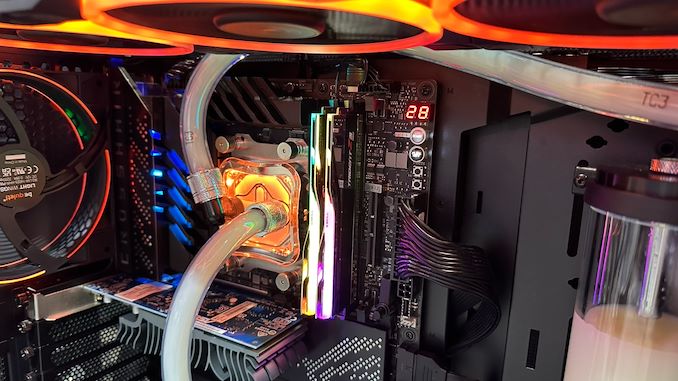
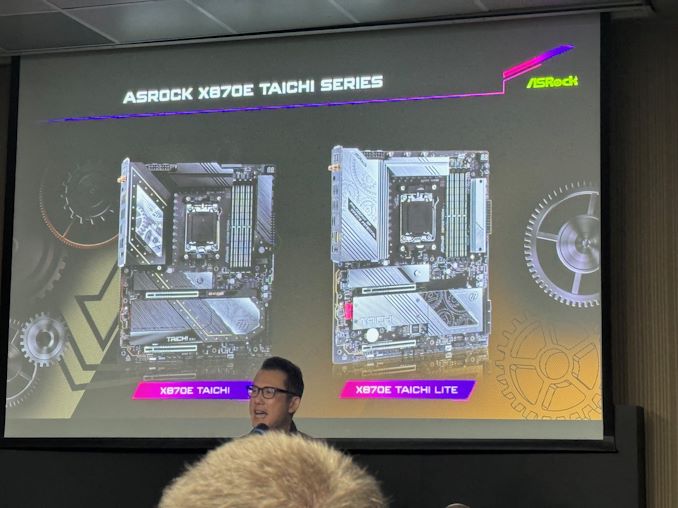
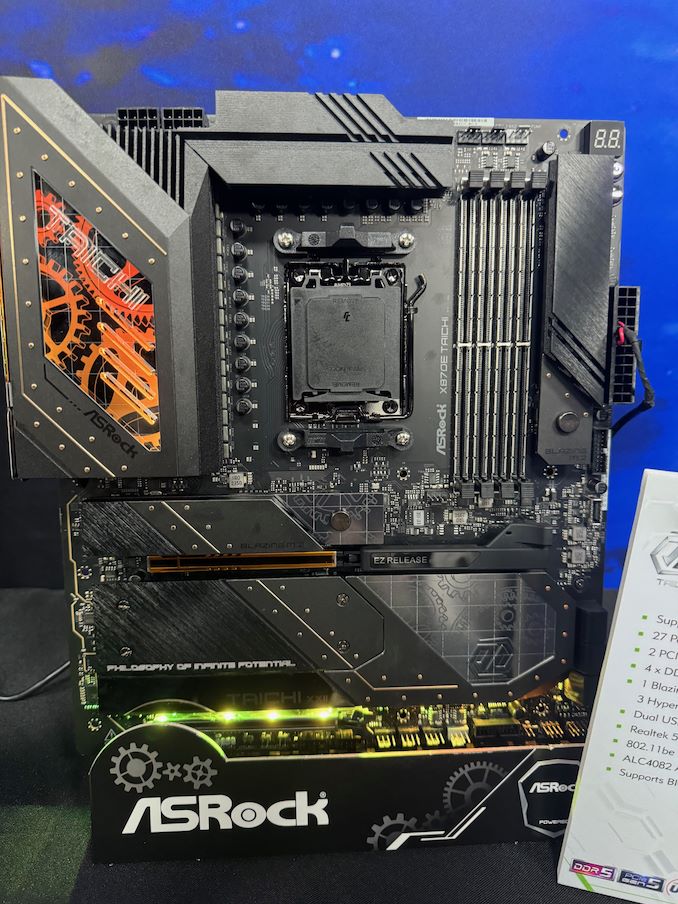
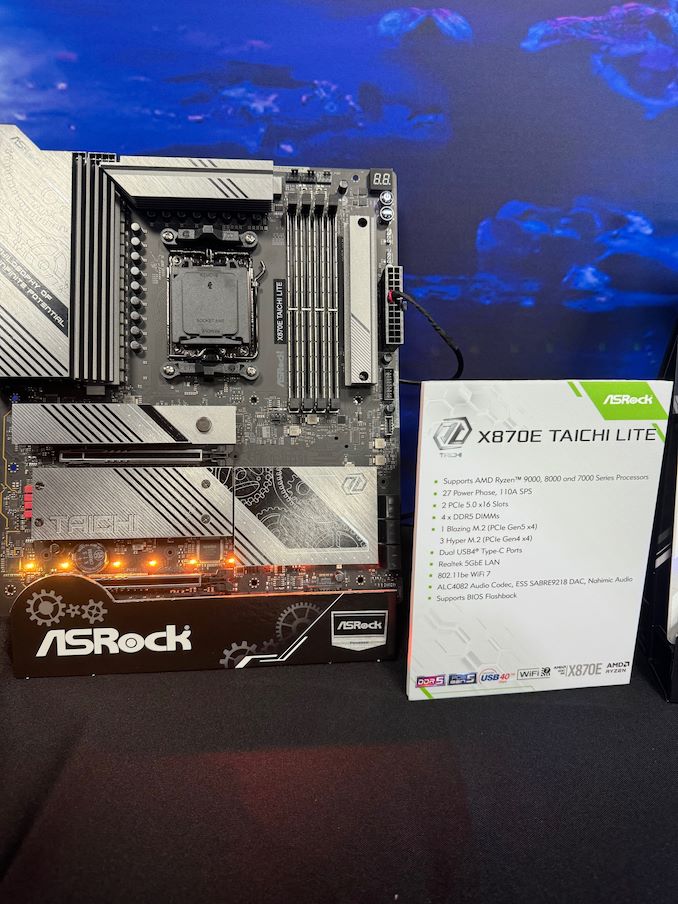
















Bookmarks